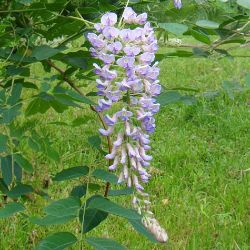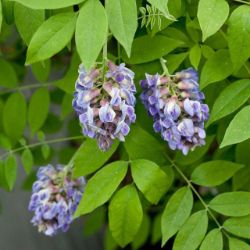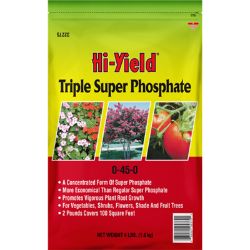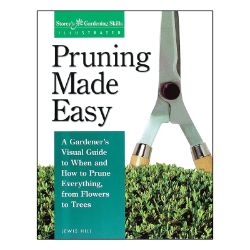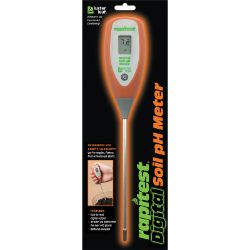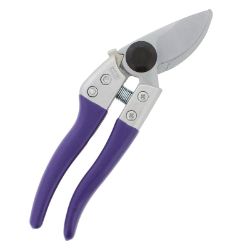Planting Wisteria
With a wide range of forms, color, flowers, and sizes, perennials can accent any garden with beauty. The benefits of planting perennials start right with your planting site and method. Follow these guidelines for a successful foundation.
NOTE: This is part 4 in a series of 11 articles. For a complete background on how to grow wisteria, we recommend starting from the beginning.
Before Planting
- When your plants arrive, plant them in their permanent locations as soon as possible. If planting must be delayed a few days, set the potted perennials in a sunny but protected spot, especially if temperatures are still cool. Make sure they’re protected from freezing.
- Water lightly when the top of the soil dries out.
Planting
- At planting time, dig a hole slightly larger than the pot.
- If needed, amend the soil you’ll be returning to the hole with our soil acidifier or organic material.
- Remove the plant by rolling the pot between your palms while gently squeezing. This will loosen the planting material from the sides of the pot. Invert the pot while holding your fingers around the stem of the plant.
- At this point, if you see that the plant has an excessive amount of roots (root bound), you will need to loosen the root-ball by pulling or cutting about an inch off the bottom section and cutting vertical lines in all four sides of the root-ball. (Even though this cuts some of the roots, it allows the cut ends to grow outward instead of continuing to wrap around themselves.)
- Place the prepared plant in the center of the hole, making sure the stem(s) are at the same soil level as in the pot.
- Add the soil to the hole, filling around and under the plant, pressing in all directions to avoid air pockets.
- Water thoroughly.
Additional Notes
- Each perennial grows differently, but the average planting distance is at least 1 foot between every plant.
- During shipping, some foliage may turn yellow or brown and small stems may be bent or snapped. This does not mean the plant will die. Just remove any yellowing foliage or damaged stems, either before or after planting. This allows the plant to use its energy for new growth right away.













